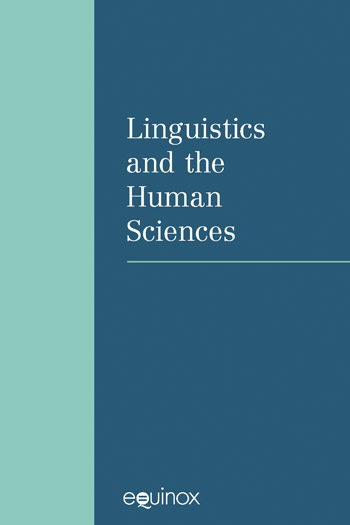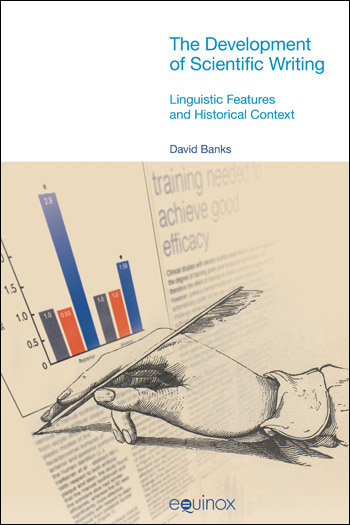Reviews
This book by David Banks differs from other works published on academic articles (Bazerman 1988 or Gross 1996) in that it develops a linguistic analytical approach rather than treating the texts from a rhetorical and sociolinguistic viewpoint as had been done before. Moreover, it provides very useful information on the methodology used to compile and analyze such a diachronic corpus. All in all, the reviewer feels that this book should be read by linguists interested in the diachronic study of specialized languages, as well as by linguists who still need to be convinced that diachrony is indeed an essential tool to understand contemporary scientific English.ASp, la Revue du GERAS
A pioneering work in the field of studying scientific texts of different languages from a systemic functional perspective, thereby presenting research of much practical implication. As such, it is highly recommended for scholars with SFL background or interested in academic discourse analysis.
Discourse Studies
Some interesting structural features of writing for early learned periodicals do indeed emerge that could probably not have been arrived at by any other method. Banks is able to show that superficial similarities between the periodicals—for example, in the distribution of grammatical functions of thematic structure— mask significant differences when broken down by semantic category (indicating, for instance, a greater emphasis on physical description and on the objects of study in Transactions and on people and authors in Journal). He traces significant increases in structural markers of interest in “material actions and events” in both periodicals over the thirty years under review—an intriguing finding, given that the generally higher proportion of these in Transactions is attributed to its greater scientific preoccupation but that Banks reports no corresponding increase in the number of items treating scientific subjects in Journal.
Isis
The book is useful in the field of specialised scientific language that is needed in order to get one’s work published in scientific journals in both Anglophone and non-Anglophone scientific writing communities.
The promise that the book makes by drawing on Michael Halliday’s language as a social semiotic makes it an even empowering asset to both Master’s and Doctoral students working in the broad research area of Systemic Functional Linguistics (SFL), beyond both the historical and social contexts of the two journals it has analysed.
Professional and Academic English Journal









